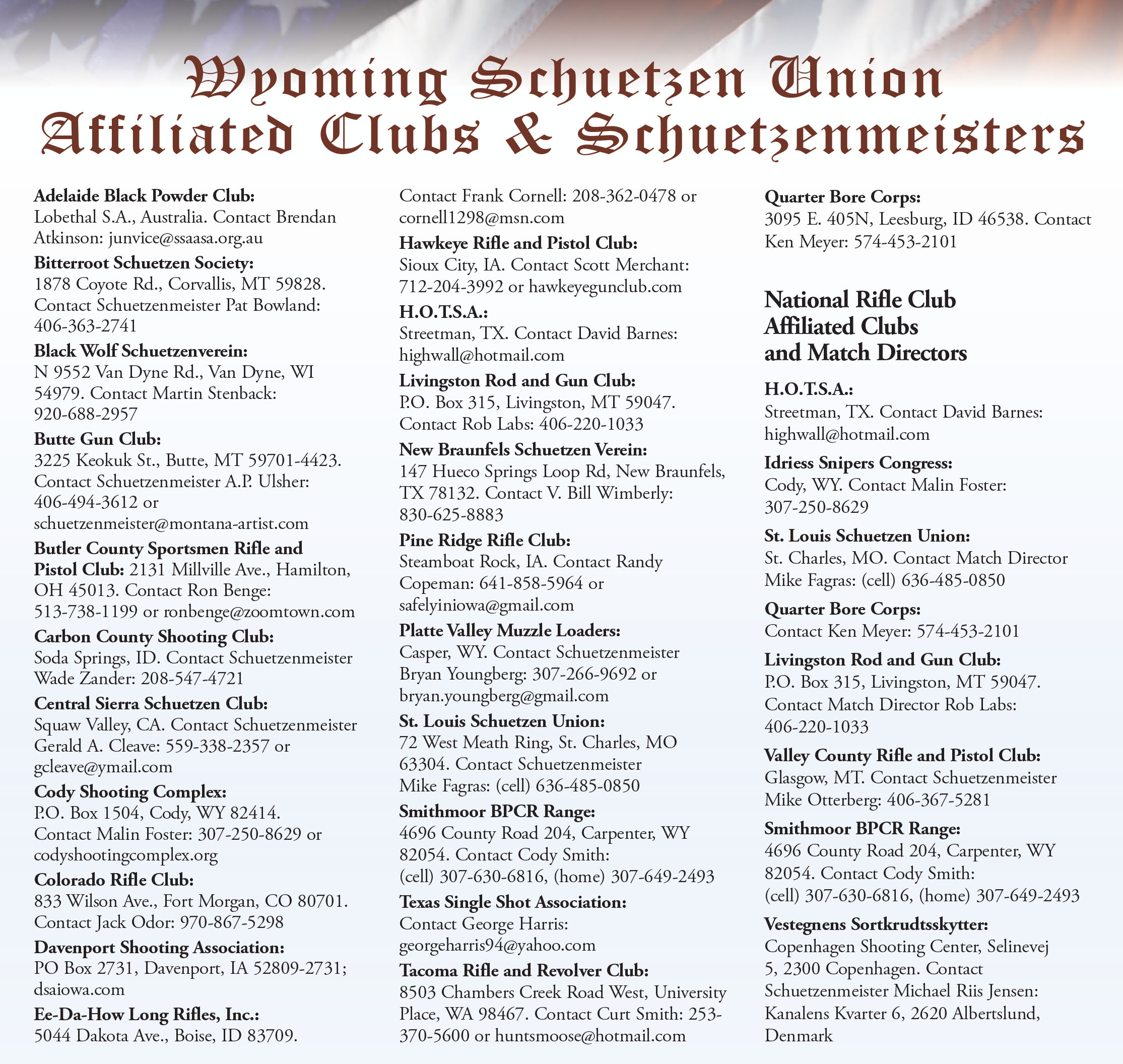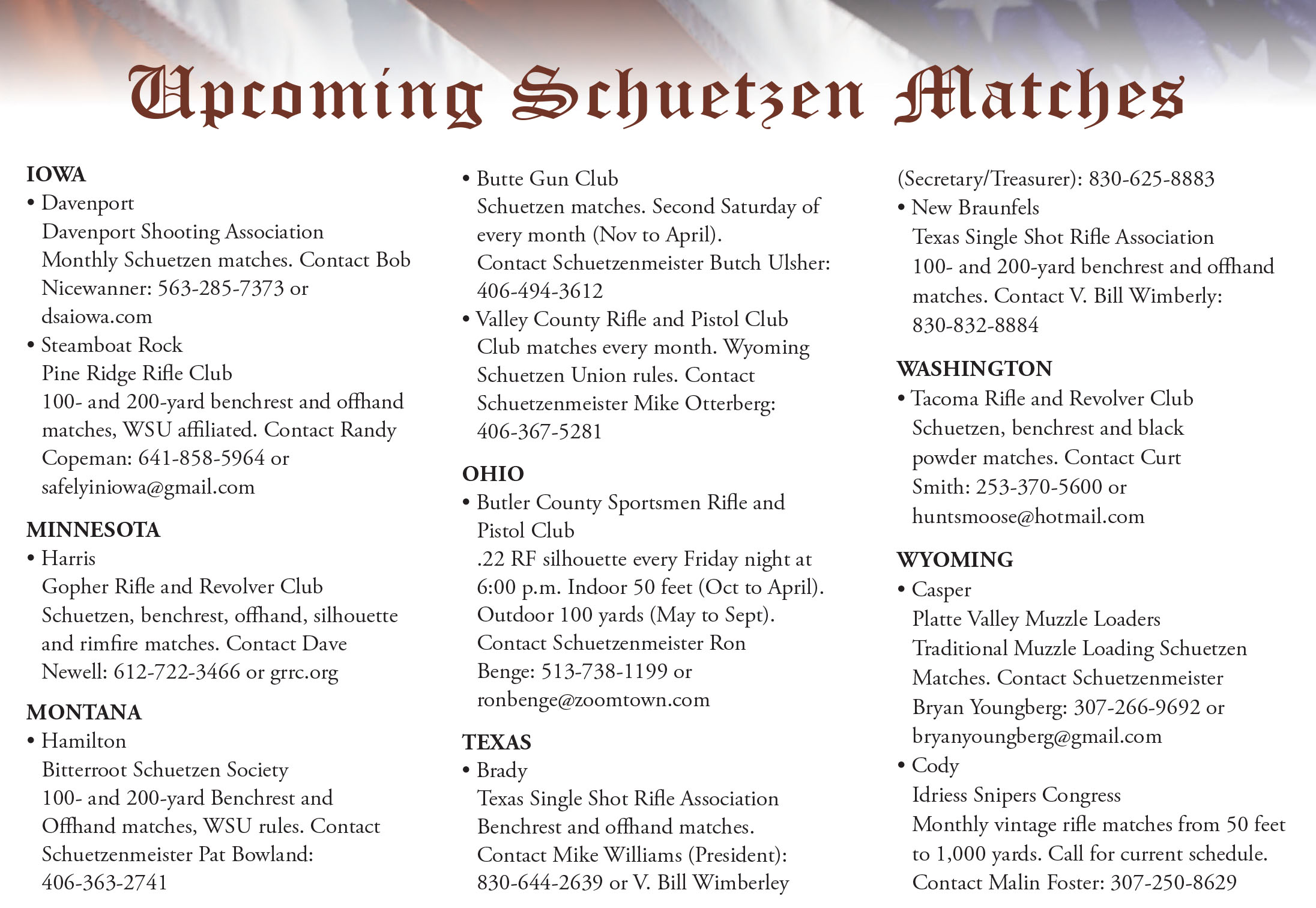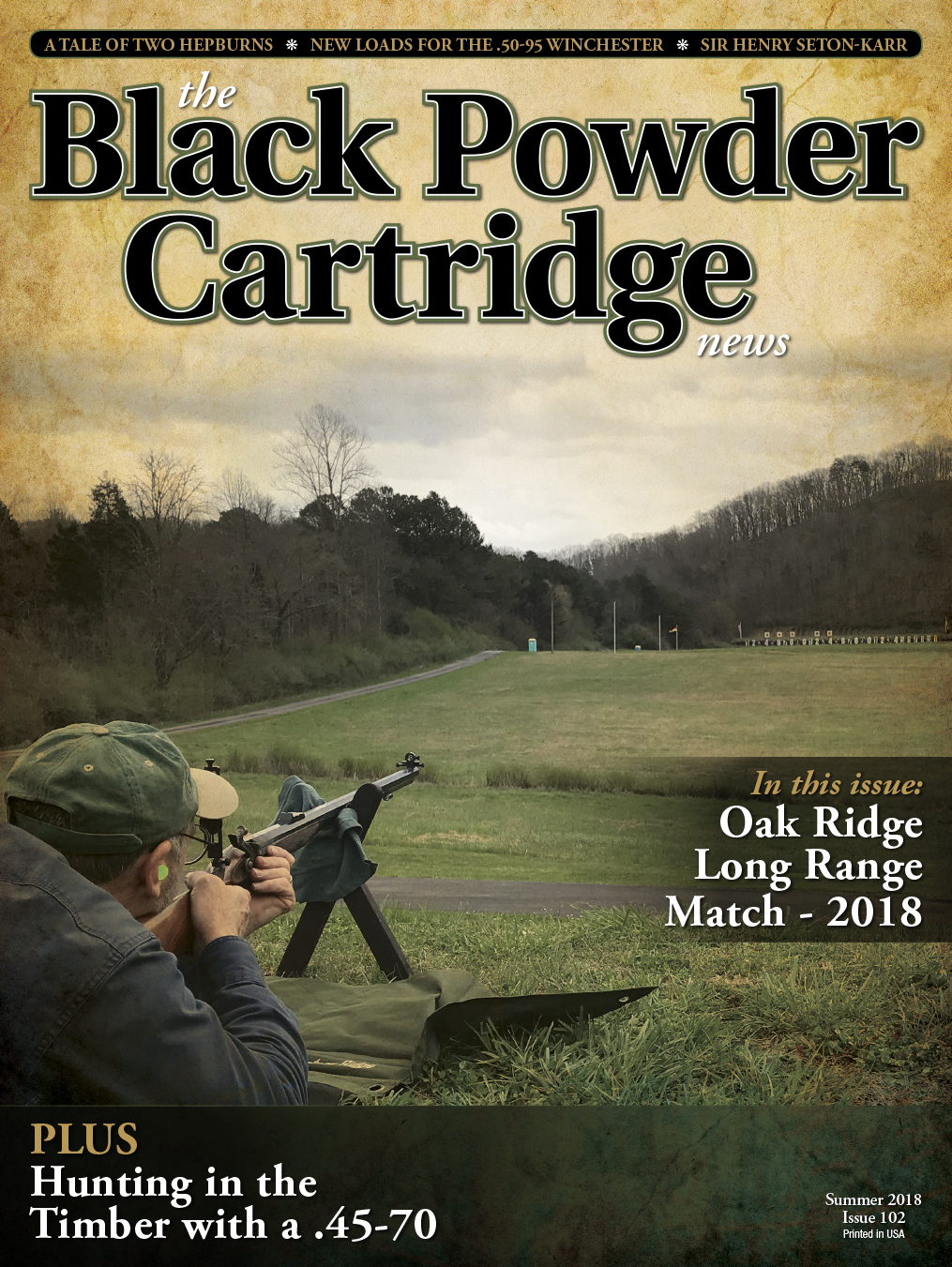The Wyoming Schuetzen Union's Center Shot
An Introduction to .22 BPCR Silhouette
column By: Cody Smith | June, 18
Have you ever seen a sequel movie that was as good as, or maybe even better than, the original? Well, I am not sure I had until
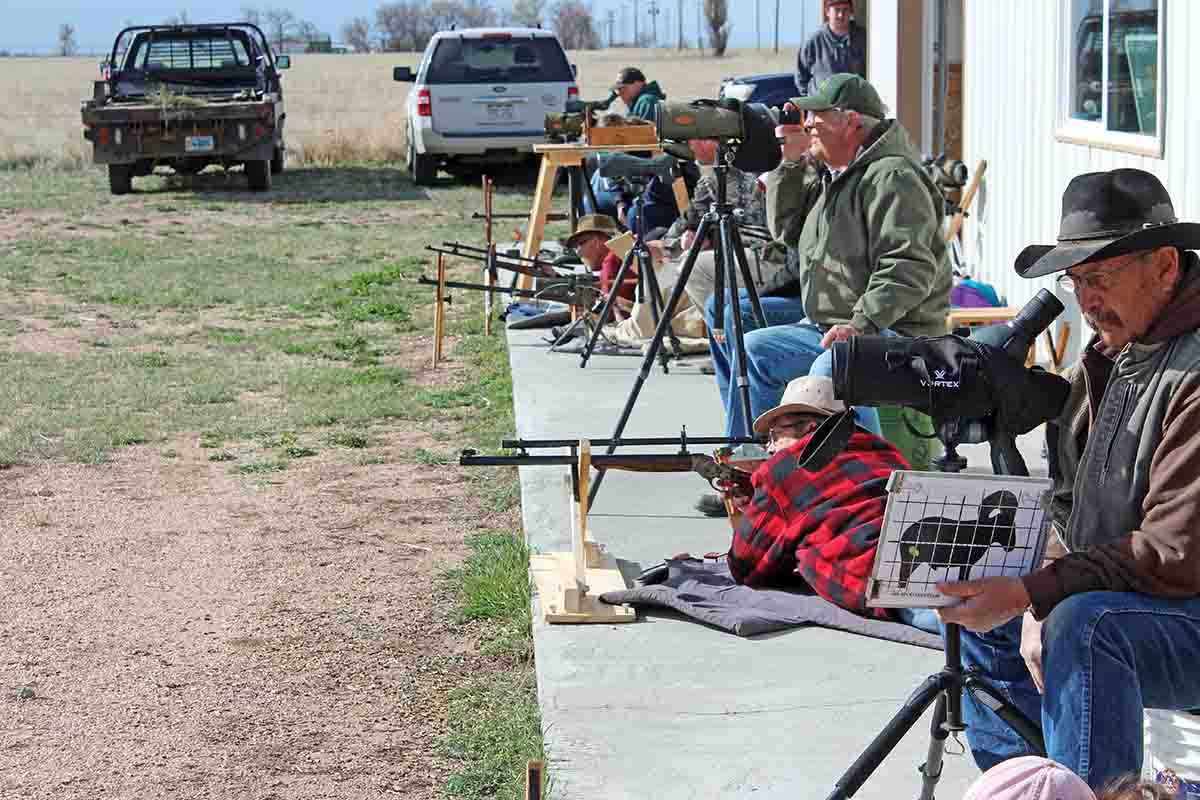
As a relatively young shooter involved only with BPCR competitions for about five years, I was not around for the early days of the sport. I had heard of different groups being involved early on with the idea of using barrel liners to shoot .22 ammunition through their .45-70, .40-65 and other large-bore BPCR rifles. Dave and Pam Crossno selected which target size to use and then organized re-entry matches at the NRA National BPCR Silhouette Championships in Raton for several years. The generated revenue from the matches was donated to the NRA Whittington Center with a total collection of around $20,000 that was used to help build the firing-line cover on the Small-Bore Silhouette range. It was there that many shooters were first made aware of how challenging and fun this competition can be.
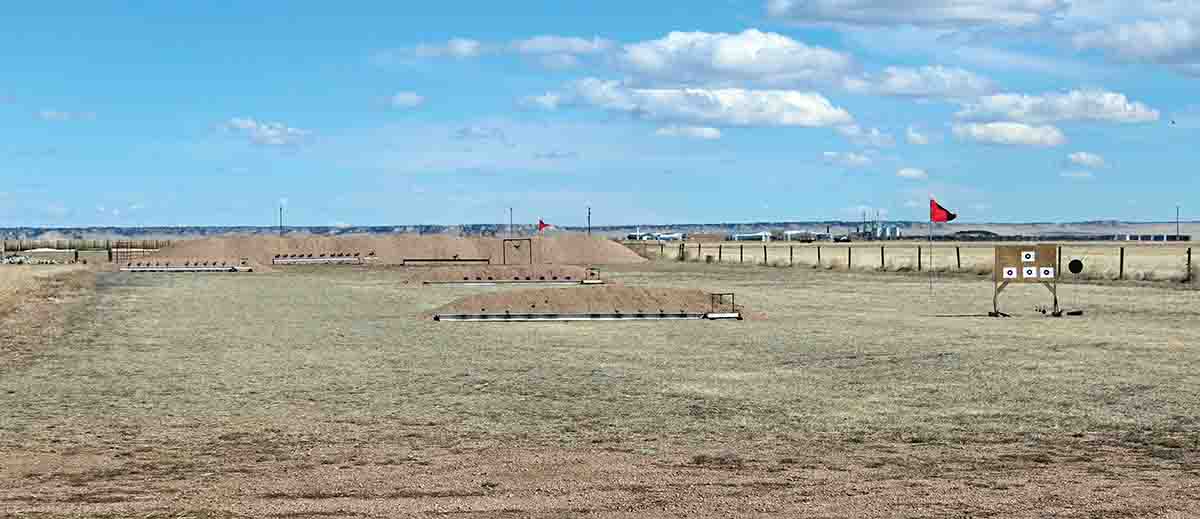
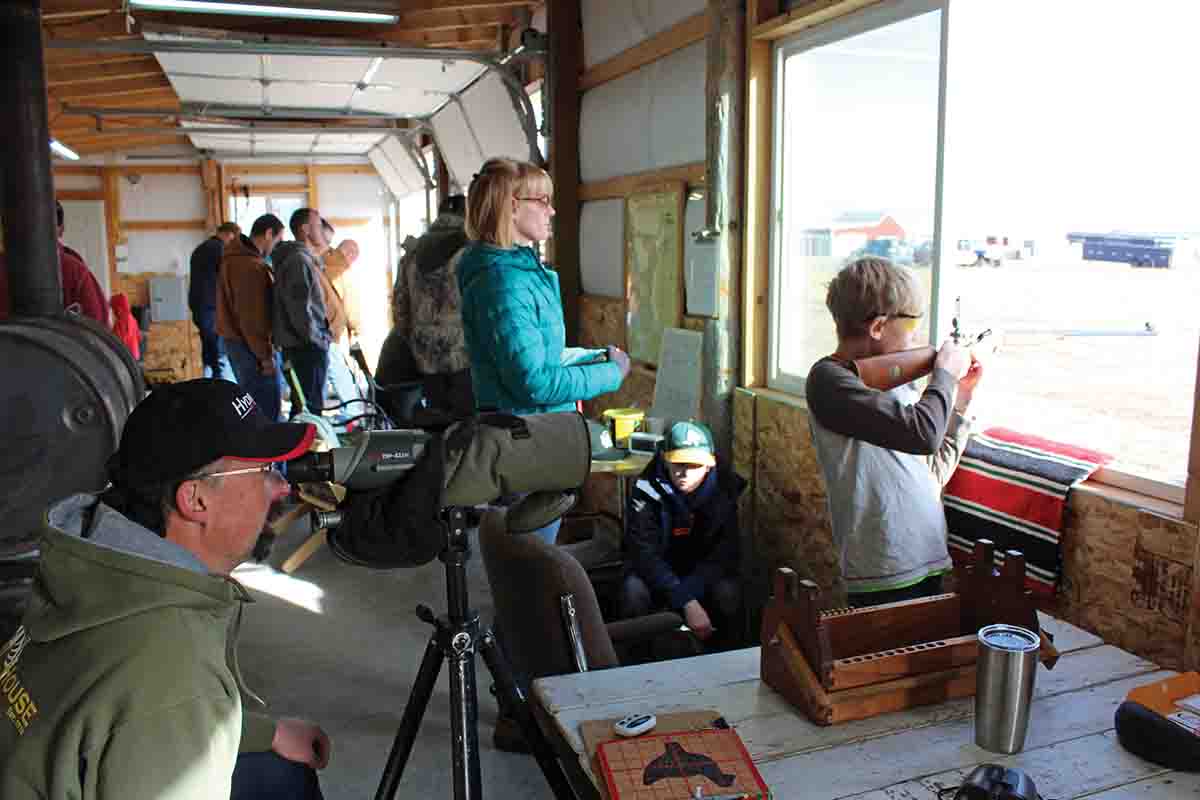
Like most shooting competitions, there has been some evolution with equipment. The association’s rules mirror the NRA’s BPCR rifle requirements, and it has done a good job in preventing an “arms race.” One of the best parts of .22 BPCR is that the shooter who has the fanciest, most expensive rifle does not necessarily win. We have, however, figured out quite a few things that seem to work better than others. In the beginning, liners made by Lee Shaver and Dave Crossno dominated matches. Liners are great because they are very accurate and allow more trigger time with your favorite rifle. They are also very affordable, allowing entry into .22 Silhouette without having to spend an arm and a leg. Today there are still quite a few shooters that use them, but most serious competitors have moved on to a dedicated .22 target rifle. CPA Rifles, C. Sharps Arms, and Wyoming Armory all offer rifles that are capable of winning the Nationals right out of the box. There are also quite a few custom gunsmiths that will either build or convert a rifle into something that can be used. We see many 1885
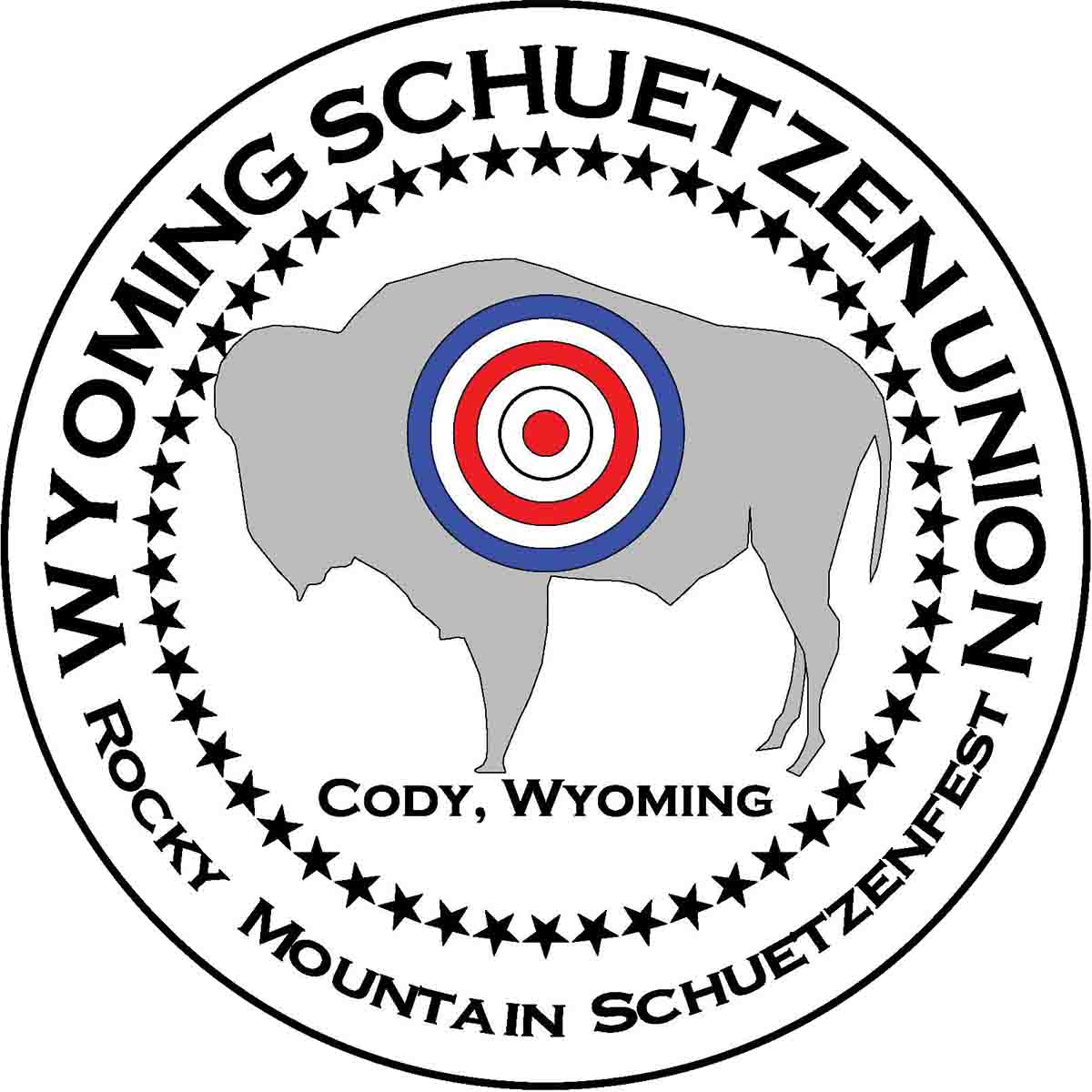
Premium quality barrels appear to be a must if one is interested in winning very often. Everyone has their favorite, but Shilen, Douglas XX, and Lilja barrels are commonly found in the winner’s circle. It appears to me that a match chamber may be more important than which brand of premium barrel you choose. If a shooter has a gunsmith install a new rifle barrel, make sure he has a match-grade reamer and knows how to use it.
I have been asked several times, “Where do I get black powder .22 ammunition?” That’s a good question, and I don’t know where one would get some! We use regular .22 Long Rifle shells at our matches. Although it can be confusing for some shooters, remember that .22 BPCR means a .22 version of our BPCR rifles is used, not .22 black powder cartridges.
For myself and a few friends, learning about ammunition has probably required the most research. Be sure and leave those boxes of cheap ammunition at home. Although you will likely hit some chickens and pigs, inexpensive ammunition just goes all over the place when the distance is stretched out to shoot turkeys and rams. There are several brands of $4 to $7 per box target ammunition that will shoot much better and give a shooter a lot more satisfaction out of their day at the range. Norma, Wolf, SKS, and RWS all offer subsonic target rounds that work well and are competitively priced. One suggestion is to acquire a box of several different brands and try them out on rams. It is amazing how many different kinds of cartridges will shoot accurately at turkeys and then fall completely apart at rams.
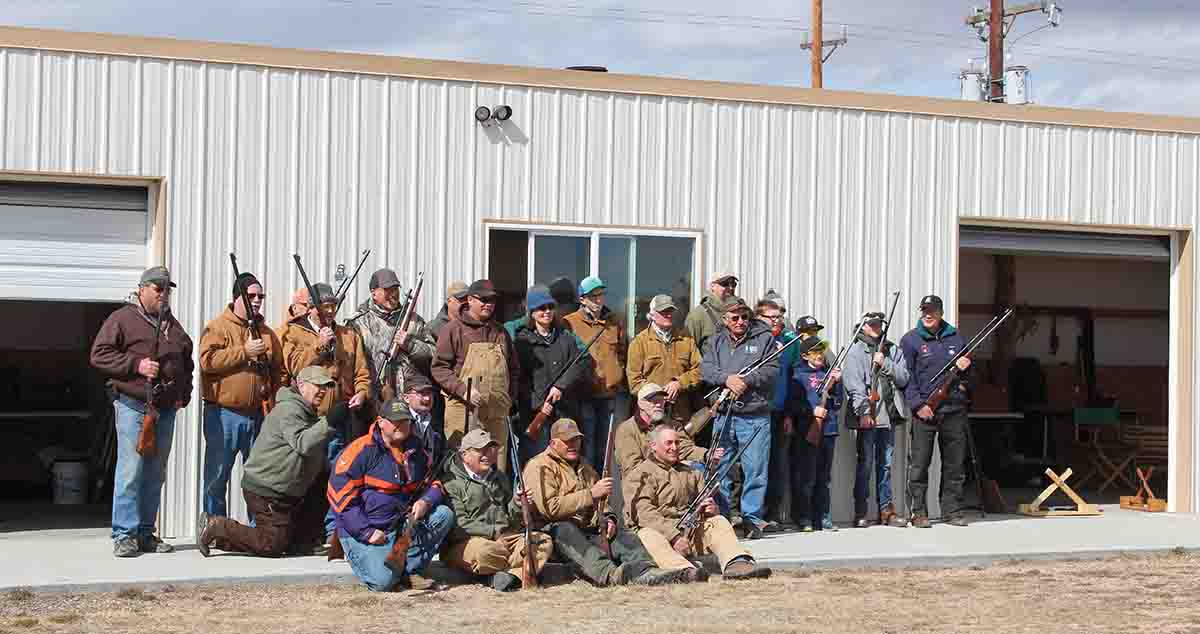
Sighting systems have come a long way since the 1980s when BPCR started. Today a variety of products are being used in the Iron Sight division. Companies such as Baldwin, Montana Vintage Arms, Kelly, Shaver, and Hoke all make great sights. I would suggest a Soule-type sight, as you will have to quickly make wind corrections – sometimes one for each shot of your relay. One word of caution to shooters; make sure the sight that is purchased can be lowered enough on your rifle. On my Shiloh Sharps with a Crossno liner, the MVA mid-range sight would not go low enough to shoot chickens. I purchased a Schuetzen Model sight from MVA and it would allow the eye cup to drop down enough to easily sight in on chickens. As anyone that has competed in regular BPCR silhouette knows, actually hitting chickens is another matter! I also could have used a taller front sight, and that may be necessary on some rifles that have a high comb. I know of one shooter that had to go to a taller front sight, as he could not get his head far enough down on the stock to see the sights comfortably when using his .22 liner. He did not have that problem when shooting his normal big-bore ammunition through the rifle.
Front sights and inserts are also a matter of preference. Again, Baldwin, MVA, Kelly, Shaver, Hoke, and others all make great sights that will work well. Although it is not absolutely necessary, consider one that has a bubble level built into it. The level helps eliminate yet one more variable to give the shooter more confidence. As far as front sight inserts go, there is a plethora available, and it can be a bit daunting trying to pick one to start with. There are crosshairs, pins of various thicknesses and shapes, plus apertures of every size, shape and thickness. One suggestion is to start with an aperture that works, and then get another one a little bigger. Steve Garbe prefers a fine crosshair for competition, but don’t ask me how he makes that work! I use a single relatively large aperture all the time. There are other good shooters that use different inserts for each animal, as well as pinheads, centerless crosshairs, and even apertures that are shaped like each particular animal. Once again – range time is the only way to find what works best.
Scoped rifles are getting to be a very popular option that many shooters are enjoying. If you are struggling to see your iron sights and are frustrated with your scores, quit fighting it and buy a scope. I know a couple of shooters who enjoy shooting much more after they bought a scope for their rifles. A shooter doesn’t have to have less-than-perfect eyesight to enjoy a scope, either. There are a variety of younger shooters using them, as well as a group of shooters that will enter matches twice so they can shoot both iron-sighted and scoped rifles. There are two companies that make excellent scopes that fit our rule requirements. Montana Vintage Arms and DZ Arms each make super products and have been very generous in supporting our organization and matches. Check out montanavintagearms.com and dzhepburn.com for more information. Foreign-made scopes are also available, while some shooters use vintage scopes.
Don’t make the mistake of thinking that .22 BPCR is going to be easy. I continue to be amazed at how closely it approximates the regular BPCR Silhouette matches. A shooter’s spotter has to be able to see bullet impacts while helping to adjust for wind changes, plus competitors must learn to deal with mirage and light conditions. Marksmanship requirements are similar to BPCR Silhouette as you must have an excellent sight picture and clean trigger pull to reliably hit the target. Learning to consistently grip the rifle, adjust sights, achieve a comfortable, stable shooting position and getting used to shooting on the clock are all skills that must be acquired, just like centerfire BPCR Silhouette.
One has to attend a .22 BPCR match to fully understand and appreciate the atmosphere surrounding it. It is absolutely the best combination of fun, relaxation and competition I have ever experienced. Most shooters are using subsonic ammunition and many barrels are relatively long, measuring 26 to 30 inches. This makes rifles surprisingly quiet and allows for endless conversation between competitors who are not on the firing line. The rifles do not recoil and are generally cheaper to acquire and shoot; these factors have opened the door for a lot of shooters that otherwise would not compete. Kids and grandparents are now comfortable coming to the matches and competing. It is common see three generations of shooters, all competing and enjoying themselves. I can’t imagine a better way to spend a Saturday than shooting with my family.
If all of this sounds like something that might be of interest, don’t hesitate to get started. Check out the .22 BPCRA website forums, or my family range’s Facebook page under “Smithmoor Range.” I am sure you will find any of the officers, board members, or match directors very friendly and helpful. If your local range is not currently holding matches, consider setting them up yourself. A set of targets is only a few hundred dollars and all that is needed is a small 50-, 100-, 150-, and 200-yard berm. A simple range can be set up in most any field with a safe backstop for a minimal investment. I can just about guarantee that as soon as you get started in .22 BPCR, you will wish you had started sooner. C
International Single Shot Association Southwest Regional
Ben Avery Shooting Facility, Phoenix, Arizona
March 16-18, 2018
The Arizona Schuetzenverein hosted the International Single Shot Rifle Association’s Southwest Regional Match at the Ben Avery Shooting Facility in Phoenix, Arizona. Range Master and organizer for the event was ISSA Vice President, Randy Wright. This well-attended event received generous support from Bruno Shooter’s Supply, Lapua, Leupold Optics, Montana Extreme Cleaning Products, RWS/Walther USA, Vortex Optics, Wolfe Publishing and the ISSA.
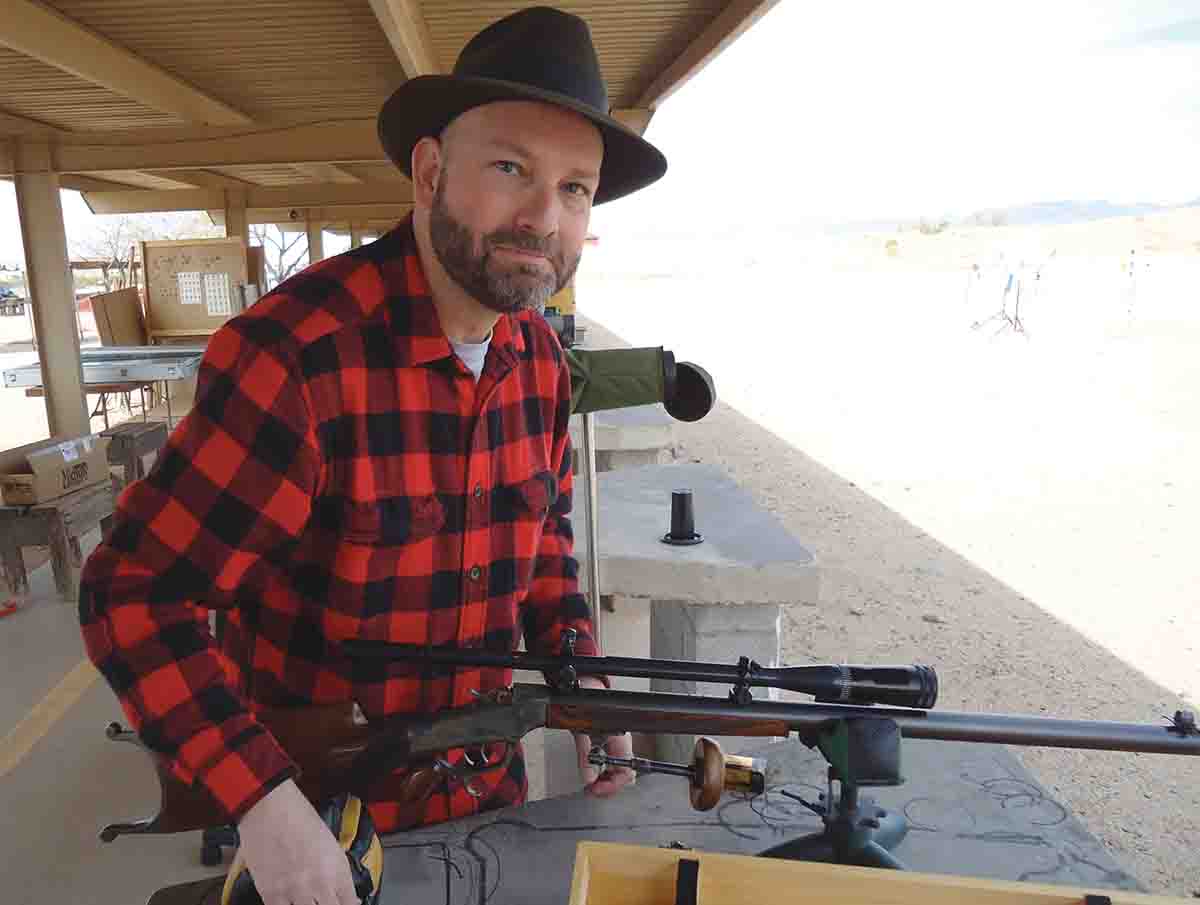
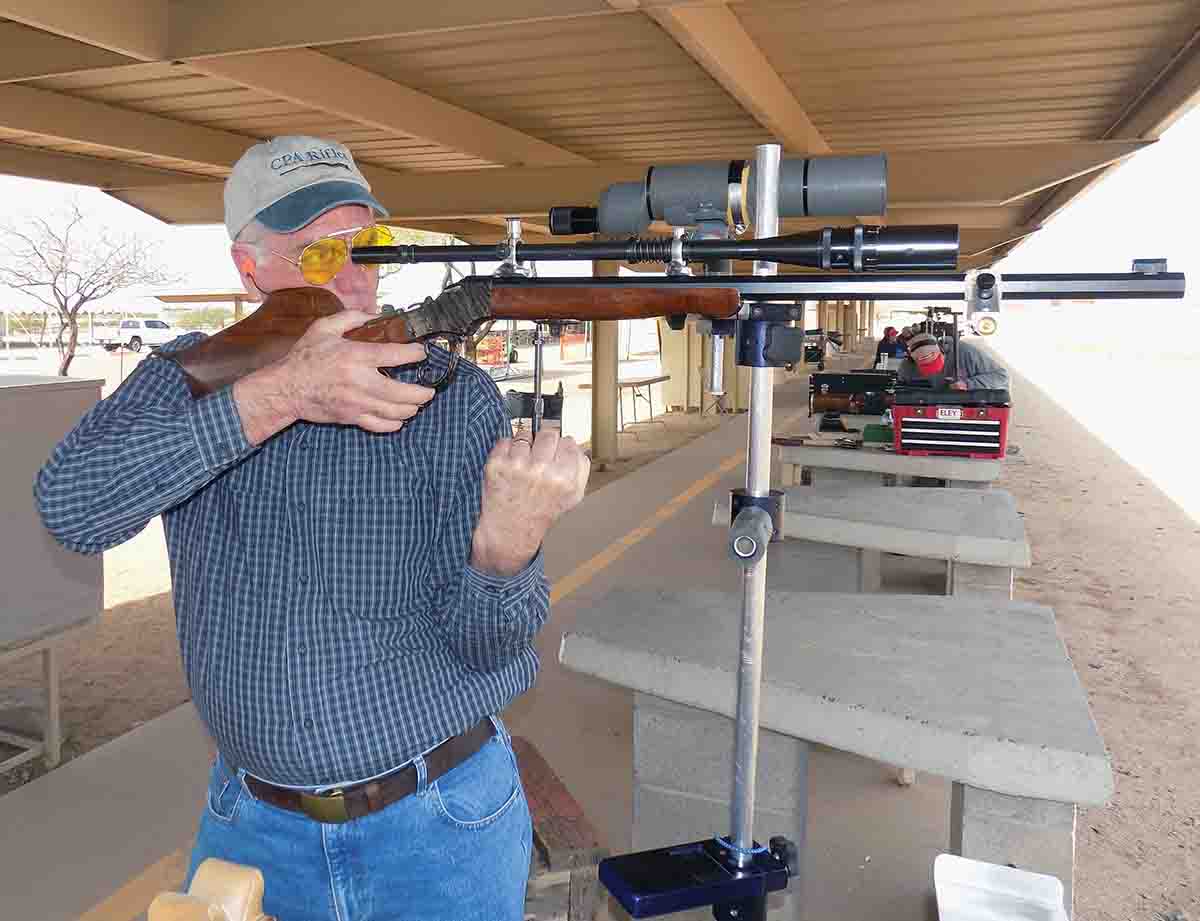
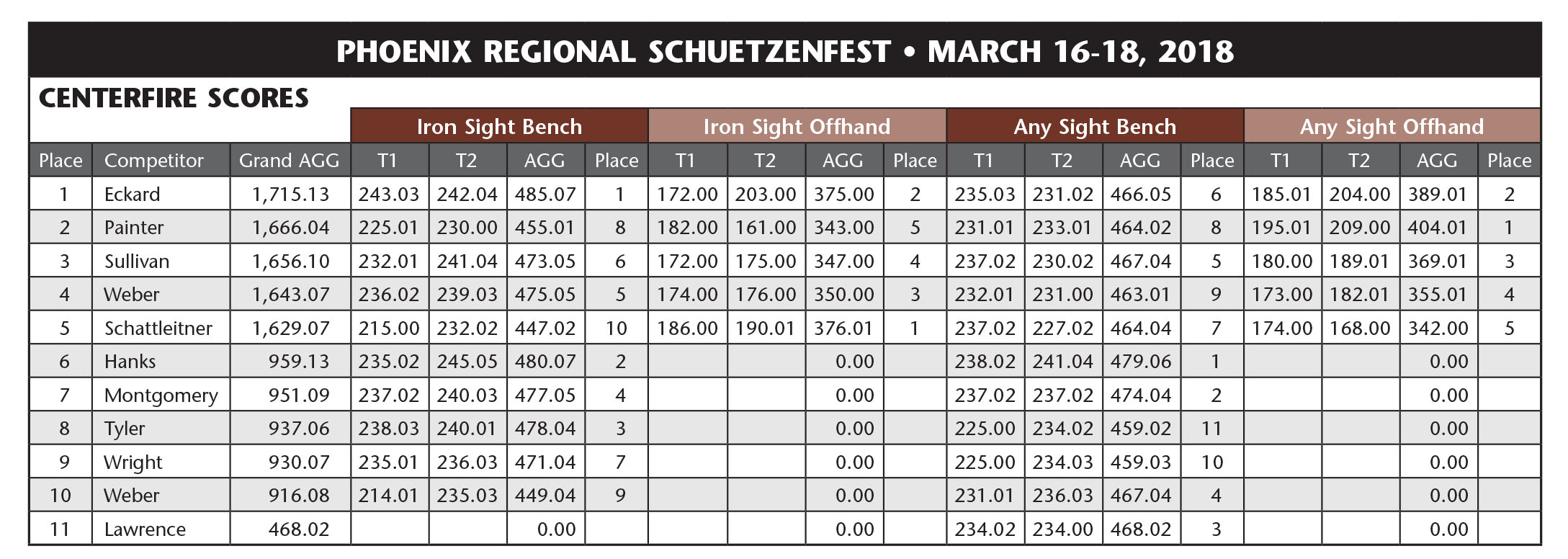
.jpg)
